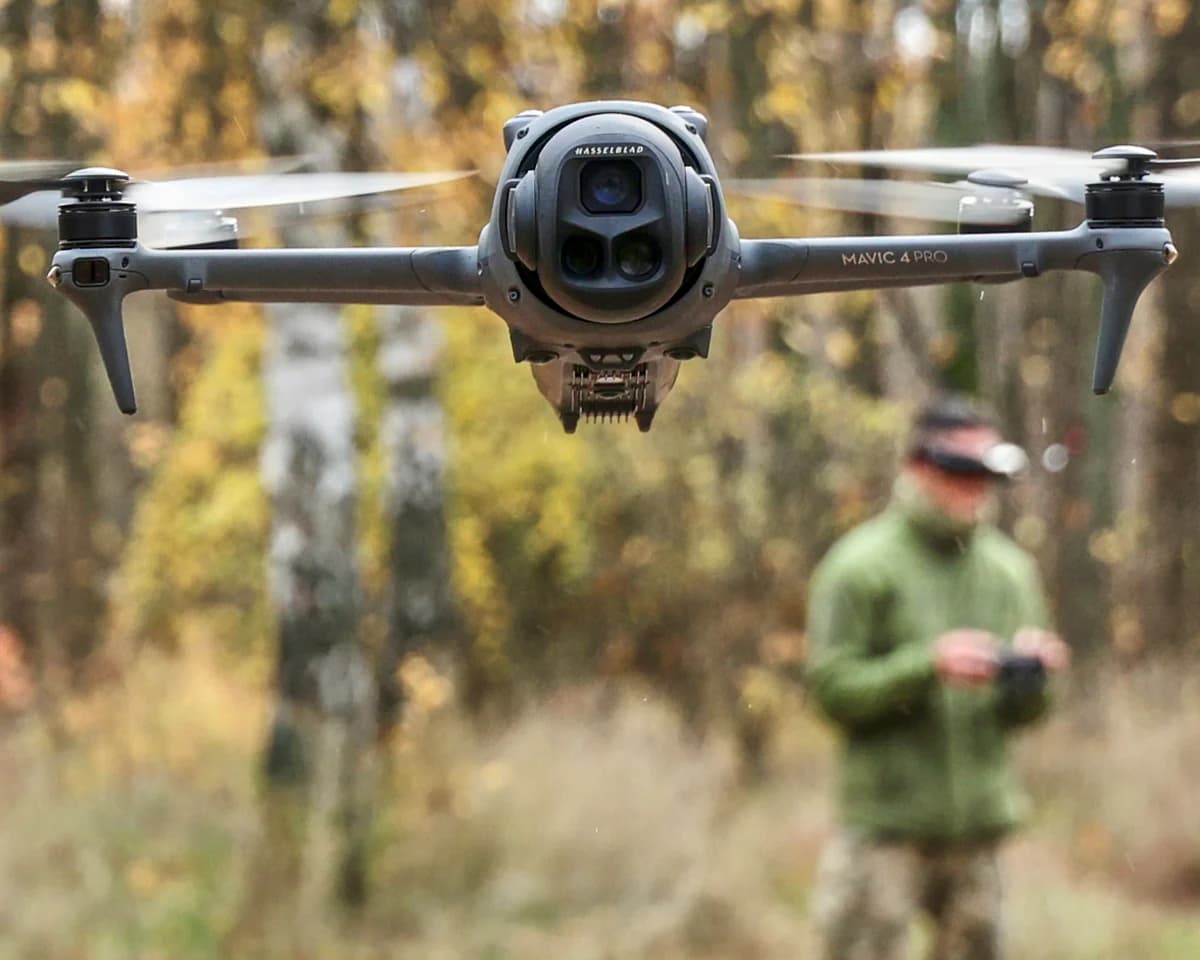We're loading the full news article for you. This includes the article content, images, author information, and related articles.
A new Ukrainian system turning drone strikes into a competitive, point-based game highlights a radical shift in modern warfare, raising questions about the future of conflict and its potential adoption by nations globally, including in East Africa.

GLOBAL — Ukraine’s military has deployed a computer game-style drone warfare system that rewards soldiers with points for successful strikes, which can then be exchanged for more advanced weaponry. The initiative, dubbed the “Army of Drones Bonus System,” has seen rapid adoption and is now being expanded to other military branches, according to Mykhailo Fedorov, Ukraine's First Deputy Prime Minister and Minister of Digital Transformation.
In an interview on Monday, 3 November 2025, EAT, Fedorov stated the system has become “truly popular among units,” fostering competition to earn points for drones, electronic warfare systems, and other critical battlefield technology. According to Ukrainian officials, 400 drone units were participating in the program by September 2025, a sharp increase from 95 in August. The system reportedly led to 18,000 Russian soldiers being killed or wounded in September alone, a figure attributed to Ukrainian sources. FURTHER INVESTIGATION REQUIRED to independently verify casualty claims.
The system operates through Brave1, a government defence technology platform launched on 26 April 2023, which acts as a central hub for innovation and procurement. Drone units upload video evidence of successful strikes to the military’s Delta situational awareness system. Upon verification, points are awarded based on the target's value: destroying a tank earns 40 points, while eliminating an enemy soldier is worth six points. These points can be redeemed in an online marketplace, the Brave1 Market, for a wide range of military hardware, including various types of drones and electronic warfare kits.
“The more infantry you kill, the more drones you get to kill more infantry. This is becoming kind of a self-reinforcing cycle,” Fedorov explained. This feedback loop is designed to accelerate the deployment of the most effective technologies to the highest-performing units, bypassing slower, traditional procurement channels. The approach has reportedly drawn interest from international observers, including the Pentagon, for its speed and efficiency, with one U.S. official likening it to a “military version of Amazon Prime.”
The “gamification” of combat represents a significant, and potentially troubling, evolution in the nature of warfare. While Ukrainian officials frame it as a powerful motivational tool and a data-driven method for optimizing battlefield strategy, the practice raises profound ethical questions about desensitizing soldiers to the act of killing. The United Nations has previously noted that terrorist and extremist groups have exploited gaming culture to radicalize and recruit young people.
For Kenya and the wider East Africa region, Ukraine's innovation serves as a stark indicator of the rapidly changing character of global conflict. The proliferation of affordable, highly effective drone technology is already reshaping security dynamics across the continent. Countries like Ethiopia have deployed advanced Turkish and Chinese drones in internal conflicts, often with devastating civilian consequences. A report from Drone Wars UK published in March 2025 revealed that at least 943 civilians were killed in 50 drone strikes across Africa between November 2021 and November 2024.
Kenya has been actively increasing its own drone capabilities, acquiring Turkish Bayraktar TB2 drones in early 2025 and investing in local production. As these systems become more integral to the Kenya Defence Forces (KDF) for border surveillance and counter-terrorism operations, the lessons from Ukraine—both in terms of tactical innovation and the ethical pitfalls of gamified warfare—will be critically important. The low barrier to entry for drone technology means that non-state actors, including terror groups like Al-Shabaab, could also adopt similar tactics, posing new threats to regional stability.
Ukraine is now extending the points-based incentive model to its artillery, reconnaissance, and logistics units, further integrating this data-driven approach across its military. This development, coupled with the use of AI-assisted targeting, signals a future where warfare is increasingly automated and abstracted, a reality that defence planners in Nairobi and worldwide must now confront.
Keep the conversation in one place—threads here stay linked to the story and in the forums.
Other hot threads
E-sports and Gaming Community in Kenya
Active 7 months ago
Popular Recreational Activities Across Counties
Active 7 months ago
The Role of Technology in Modern Agriculture (AgriTech)
Active 7 months ago
Investing in Youth Sports Development Programs
Active 7 months ago